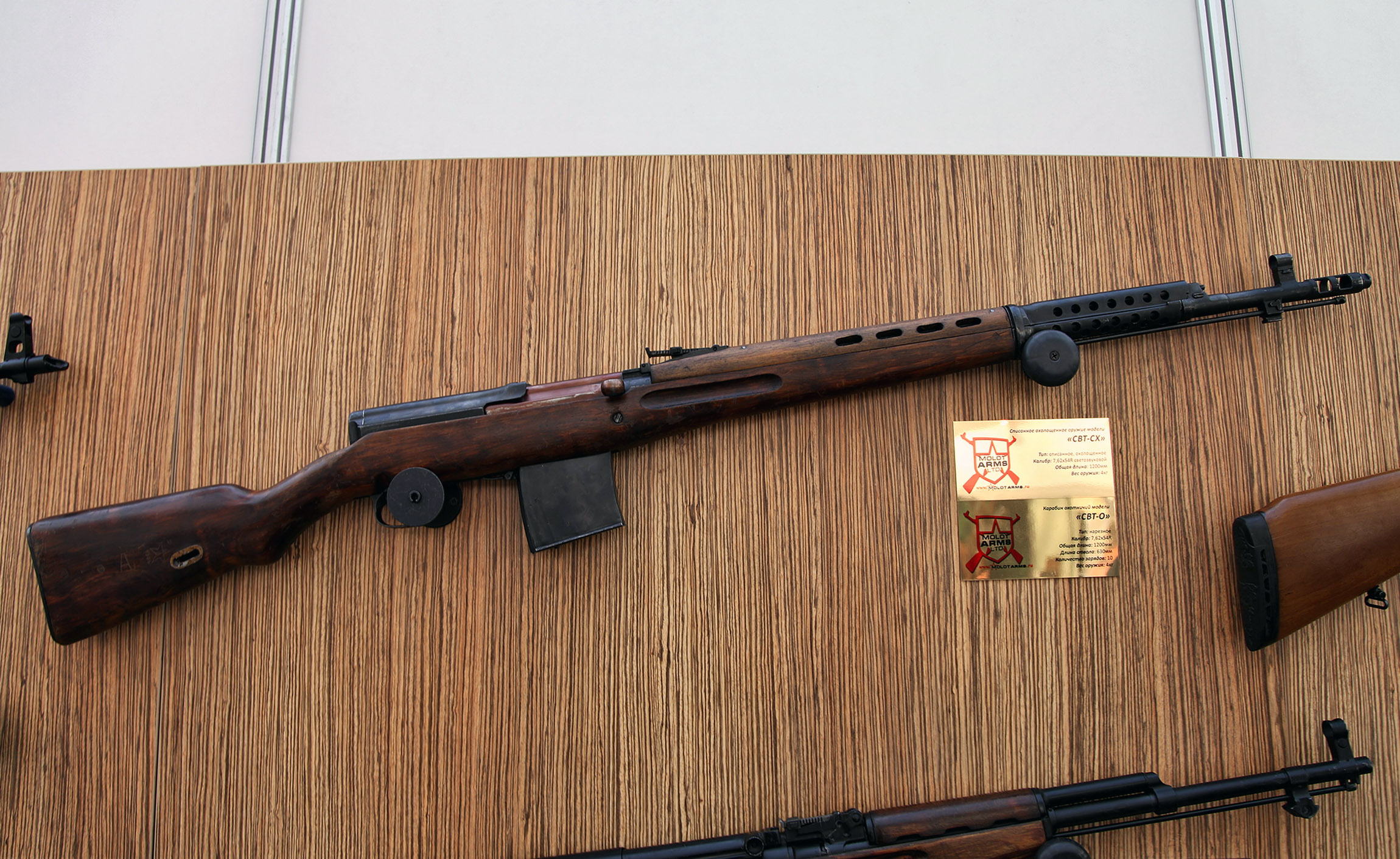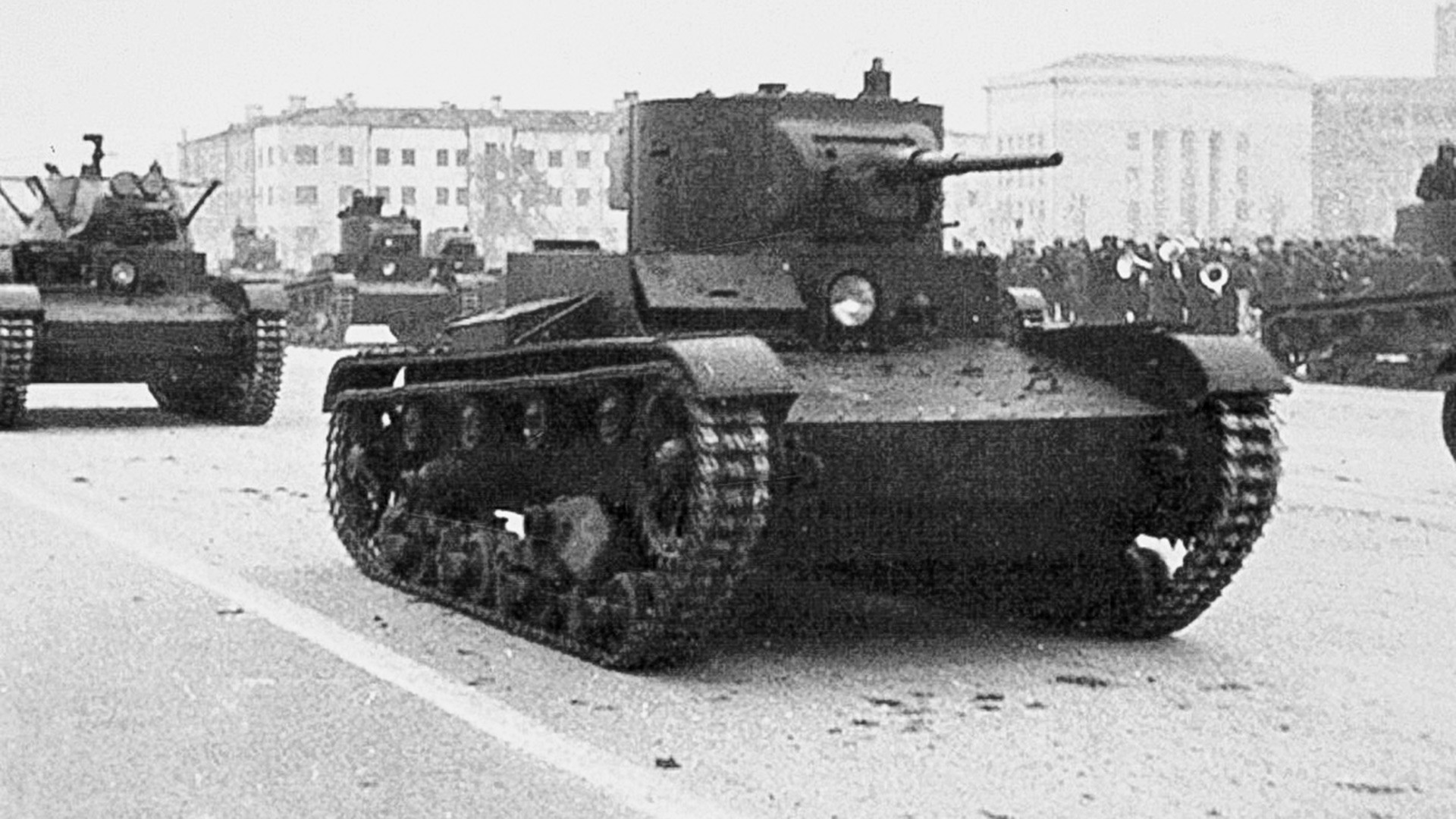5 Russian Guns WW2

Introduction to Russian Guns of WW2

The Soviet Union played a crucial role in World War 2, and its arsenal of guns was a significant factor in the war’s outcome. Russian guns, ranging from pistols to artillery, were used extensively throughout the conflict. This post will delve into five notable Russian guns used during WW2, exploring their characteristics, roles, and impact on the war.
1. Tokarev TT-33 Pistol

The Tokarev TT-33 was a Soviet semi-automatic pistol designed by Fedor Tokarev in the 1930s. It was widely used by the Soviet military during WW2. The TT-33 was known for its reliability, simplicity, and robustness, making it a favorite among Soviet soldiers. Its 7.62x25mm cartridge had a significant penetration power, which was advantageous in close combat situations.
2. Mosin-Nagant Rifle

The Mosin-Nagant rifle was a bolt-action rifle used by the Soviet Union during WW2. Designed in the late 19th century, it saw extensive use in both World War 1 and World War 2. The Mosin-Nagant was prized for its accuracy, durability, and simplicity. It was used by Soviet snipers and infantry alike, with many considering it one of the best bolt-action rifles of the war.
3. Degtyaryov DP-28 Machine Gun

The Degtyaryov DP-28 was a light machine gun used by the Soviet Union during WW2. Designed in the 1920s, it was the primary light machine gun of the Soviet military until it was largely replaced by the RPD and RPK. The DP-28 was known for its reliability and was used extensively in various theatres of the war. Its 7.62x54mmR cartridge provided a good balance between firepower and controllability.
4. Shpagin PPSh-41 Submachine Gun

The Shpagin PPSh-41 was a Soviet submachine gun designed by Georgy Shpagin. It was one of the most widely used submachine guns of WW2, known for its simplicity, reliability, and high rate of fire. The PPSh-41 used the 7.62x25mm cartridge and was capable of firing 900 rounds per minute. Its high volume of fire made it particularly effective in close combat situations.
5. ZiS-3 76.2mm Divisional Gun

The ZiS-3 was a Soviet 76.2mm divisional gun used during WW2. It was designed in the early 1940s and became one of the most produced and widely used Soviet field guns of the war. The ZiS-3 was known for its reliability, simplicity, and effectiveness against both armor and infantry targets. Its relatively light weight made it easily transportable, allowing for rapid deployment on the battlefield.
💡 Note: The effectiveness of these guns was not just due to their design and manufacturing but also the strategies and tactics employed by the Soviet military during WW2.
To summarize the key characteristics of these Russian guns, the following table provides a quick overview:
| Gun Model | Type | Cartridge | Rate of Fire |
|---|---|---|---|
| Tokarev TT-33 | Pistol | 7.62x25mm | Semi-automatic |
| Mosin-Nagant | Rifle | 7.62x54mmR | Bolt-action |
| Degtyaryov DP-28 | Machine Gun | 7.62x54mmR | 550 rpm |
| Shpagin PPSh-41 | Submachine Gun | 7.62x25mm | 900 rpm |
| ZiS-3 | Divisional Gun | 76.2mm | Varies |

In conclusion, these five Russian guns played significant roles in WW2, contributing to the Soviet Union’s eventual victory. Each gun had its unique characteristics, advantages, and uses on the battlefield. Understanding these weapons provides insight into the military strategies and technologies of the time, highlighting the importance of firearms in the outcome of the war. The impact of these guns on the war’s trajectory cannot be overstated, as they were instrumental in many battles and skirmishes throughout the conflict.
What was the primary role of the Tokarev TT-33 pistol in WW2?

+
The Tokarev TT-33 was primarily used as a sidearm by Soviet officers and soldiers, valued for its reliability and the penetrating power of its 7.62x25mm cartridge.
Why was the Mosin-Nagant rifle preferred by Soviet snipers?

+
The Mosin-Nagant was preferred for its accuracy, durability, and the power of its 7.62x54mmR cartridge, making it an excellent choice for sniping roles.
What made the Shpagin PPSh-41 submachine gun effective in close combat?

+
The PPSh-41’s high rate of fire and the use of the 7.62x25mm cartridge made it highly effective in close combat situations, providing a high volume of firepower that could quickly overwhelm enemy positions.



